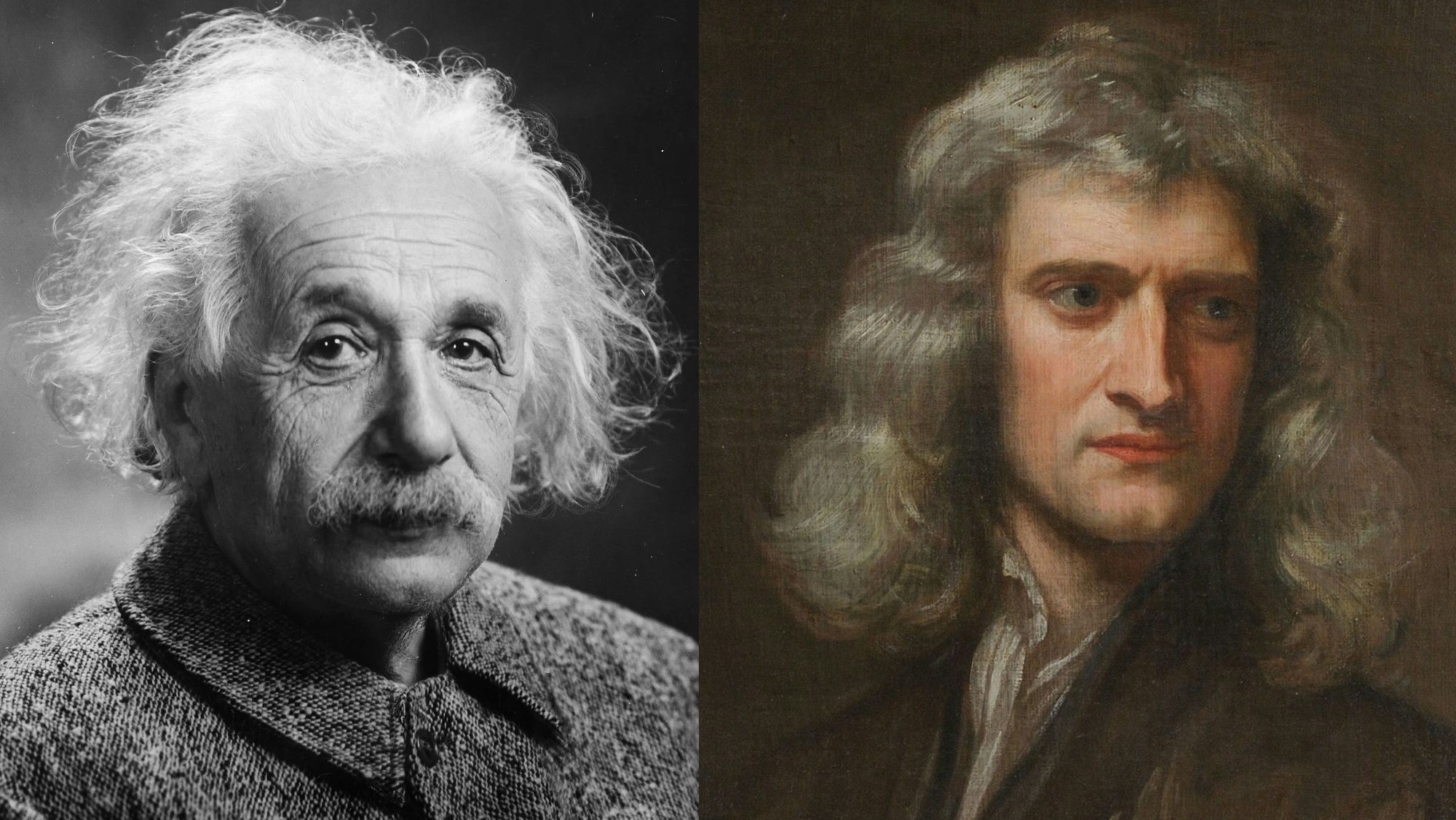Einstein gets it right again: His ‘elevator’ thought experiment is proven correct

Albert Einstein was such a seminal figure in the modern scientific thought that a myriad studies have used his various theories and musings as jumping off points. Often, even Einstein’s suppositions are proven correct, many decades after he came up with them. Such is the case with a new study that confirms that Einstein’s famous “elevator” thought experiment came up with the right prediction. The results essentially proved the equivalence principle, one of the key concepts of Einstein’s theory of general relativity.
Einstein used “gedankenexperiments” or thought experiments to propose theories simply by thinking through them in his mind. In his “imaginary elevator” idea, Einstein conjectured that if you were stuck inside an elevator that is isolated from the outside world, you would not be able to tell whether an object in free fall inside it was being pulled down by Earth’s gravity or pulled up by the elevator accelerating rapidly. The objects inside the elevator would accelerate at the same rate.
And now, physicists from the National Institute of Standards and Technology (NIST) were able to prove this idea by comparing various kinds of remote atomic clocks – the world’s most accurate.
What the scientists actually did, as described in their paper in Nature Physics, is to imagine Earth as a freefalling elevator going through the Sun’s gravitational field. They wanted to prove the part of Einstein’s proposition that maintained that everything inside the elevator would feel the same accelerations, while their properties relative to each other would not change at all. This idea is called local position invariance (LPI).
The scientists compared “ticks” of a dozen atomic clocks around the planet, looking at 15 years of data, to show that there is almost no difference between them. The clocks were off from each other just by 0.00000022 plus or minus 0.00000025 – a very very small number, close to zero. This means that the hydrogen and cesium-based atomic clocks remained in synchronicity as they moved together in the falling elevator of Earth.
The NIST is building ever more precise atomic clocks that will bring the LPI even closer to zero, showing that it’s a fundamental property of the universe, as Einstein predicted.





